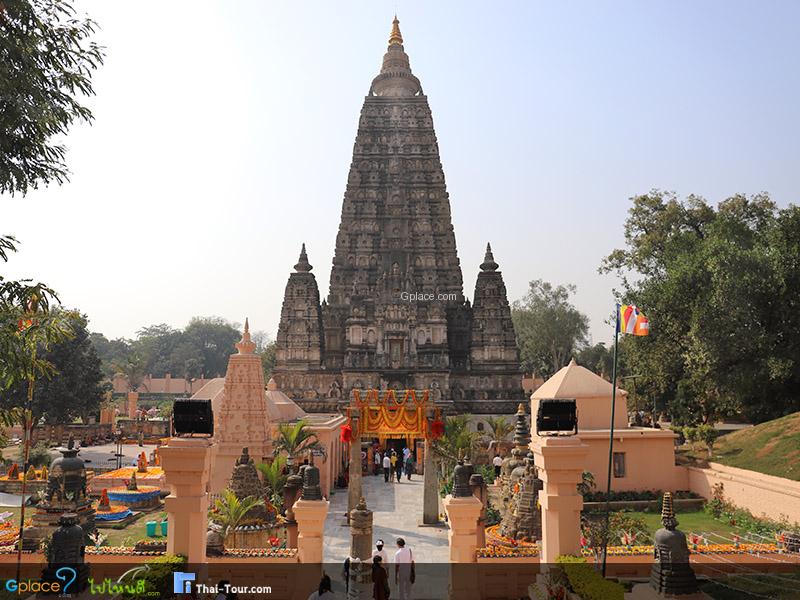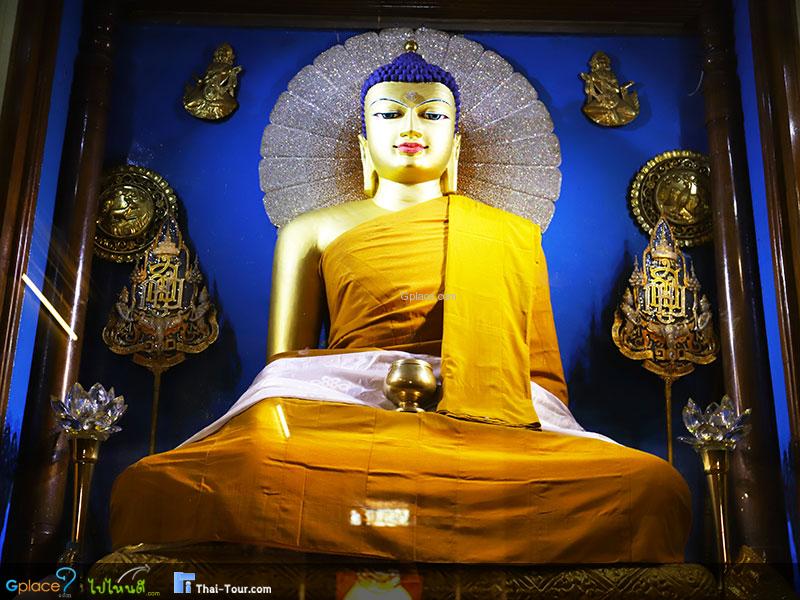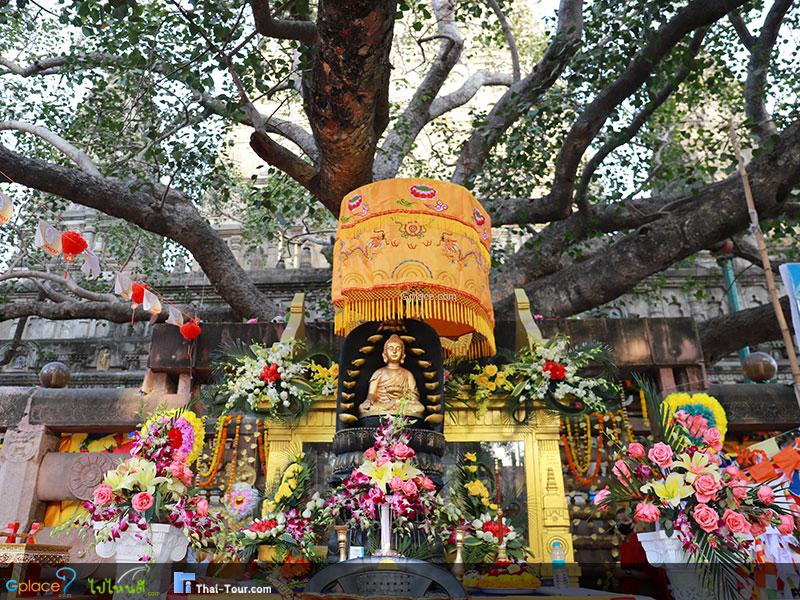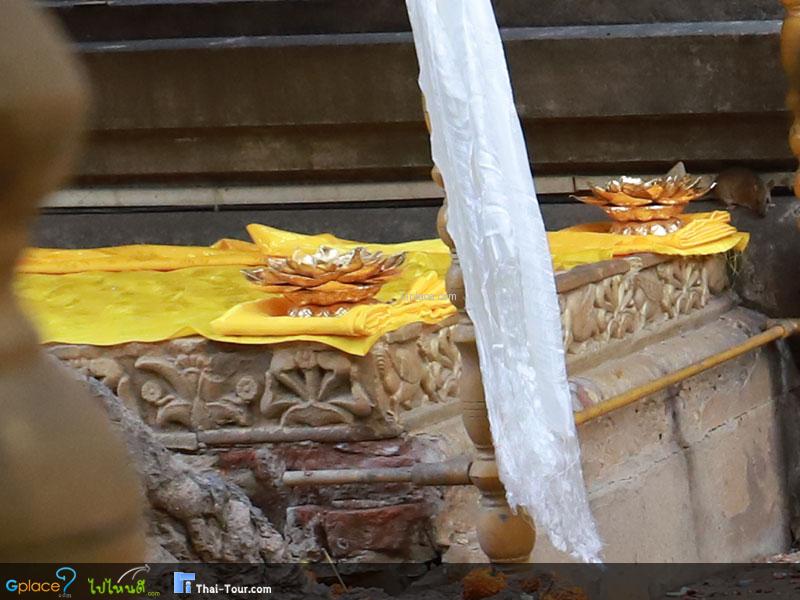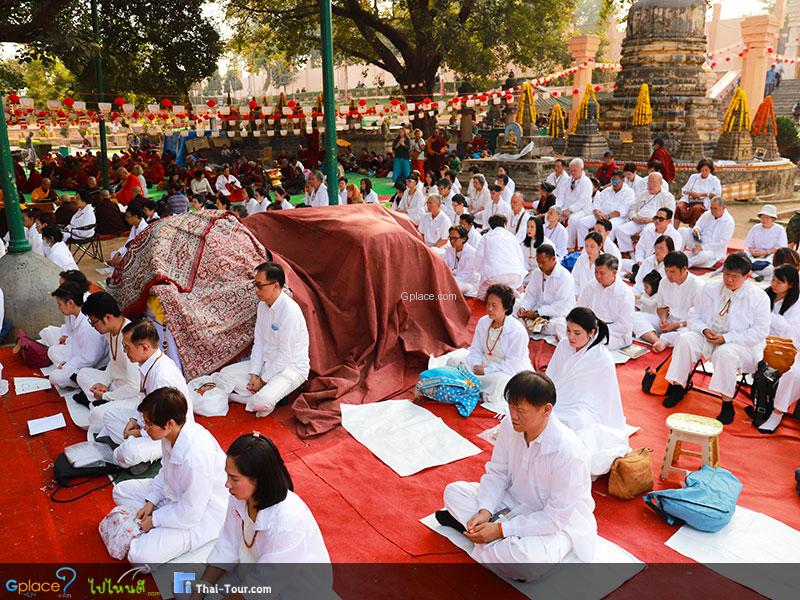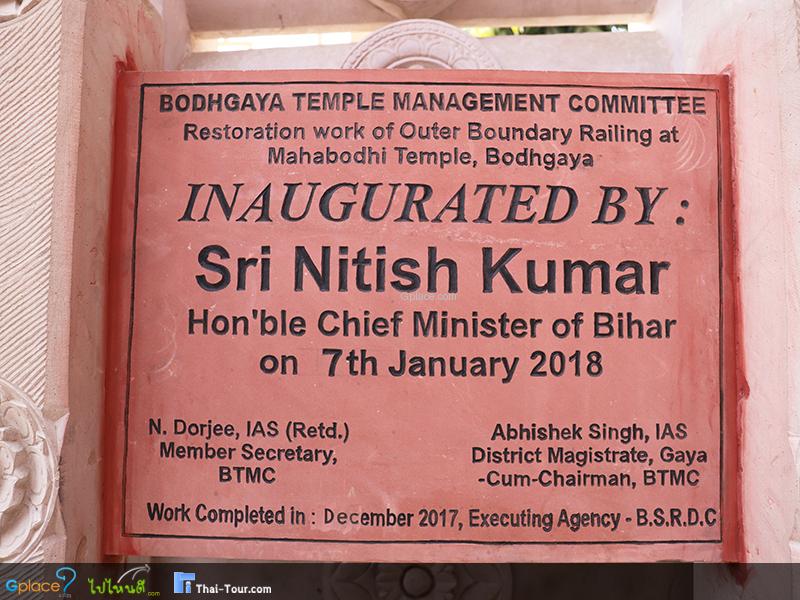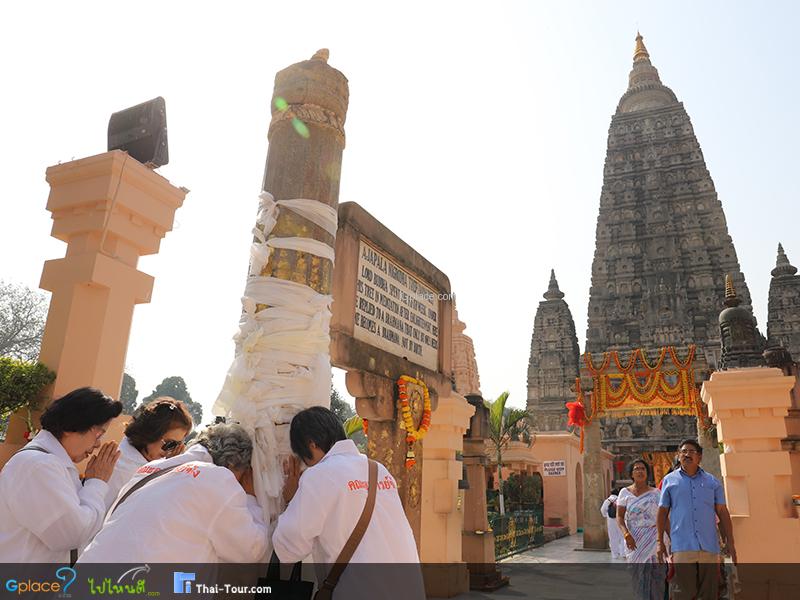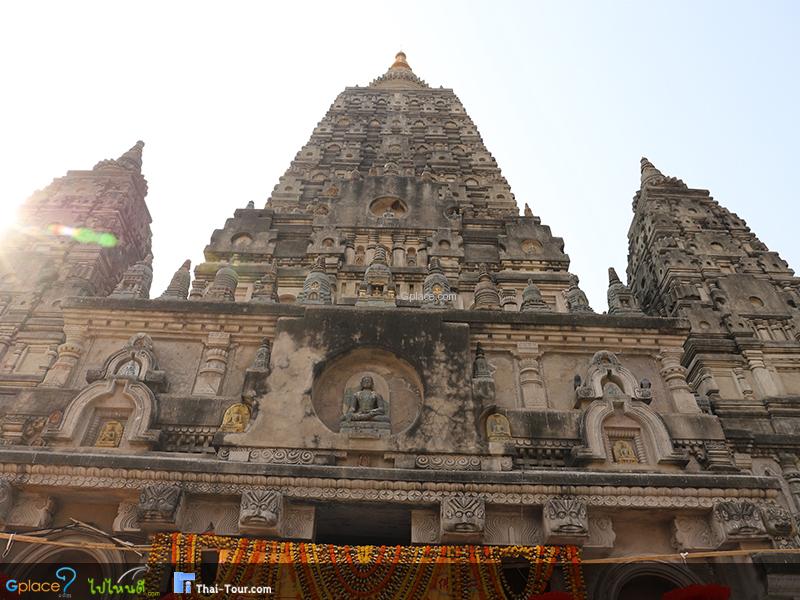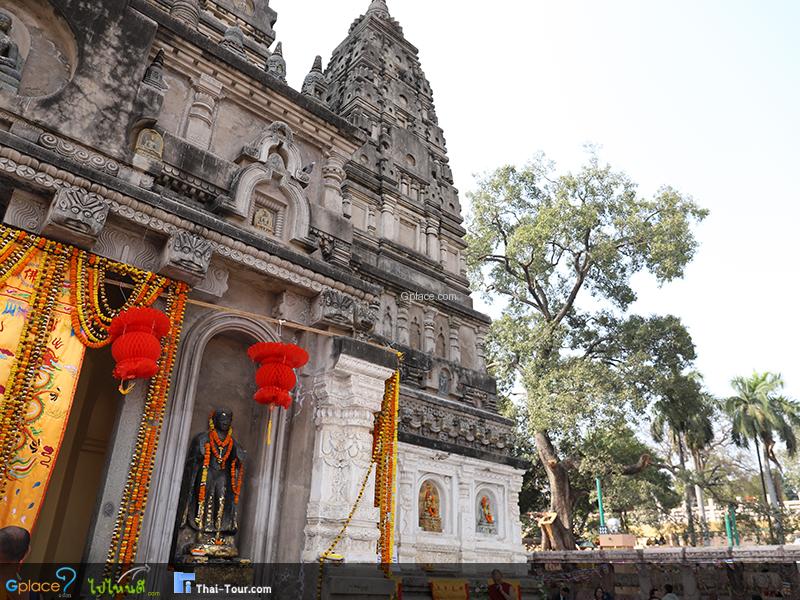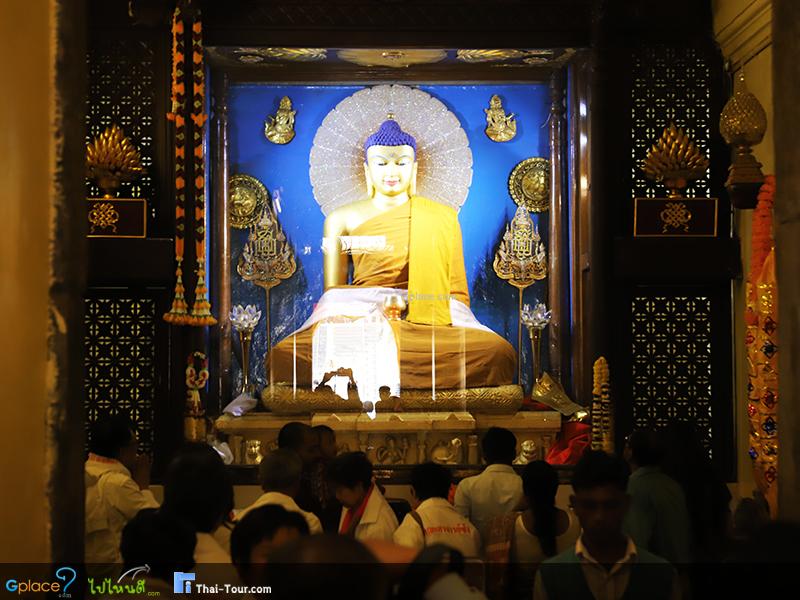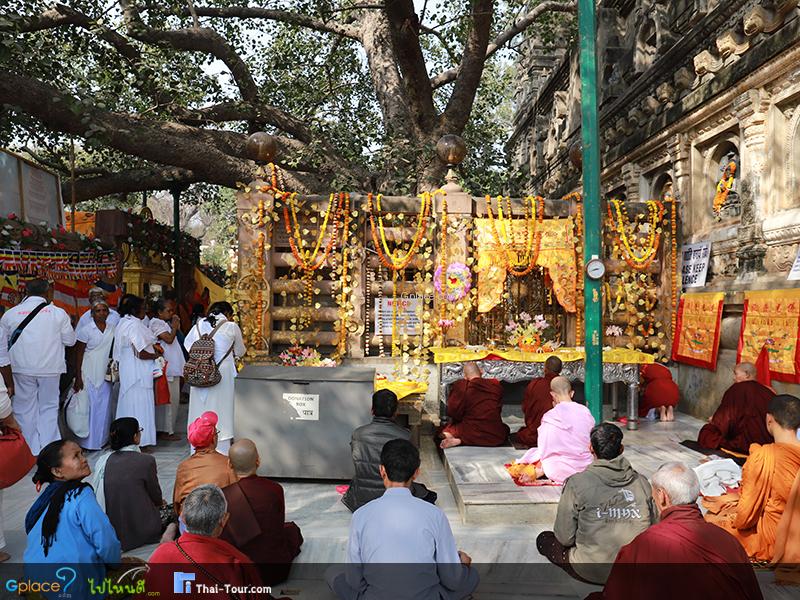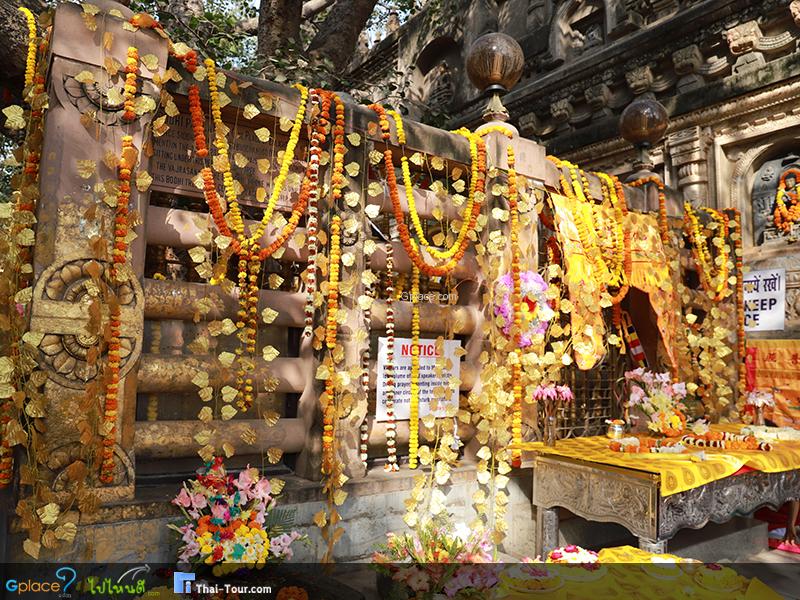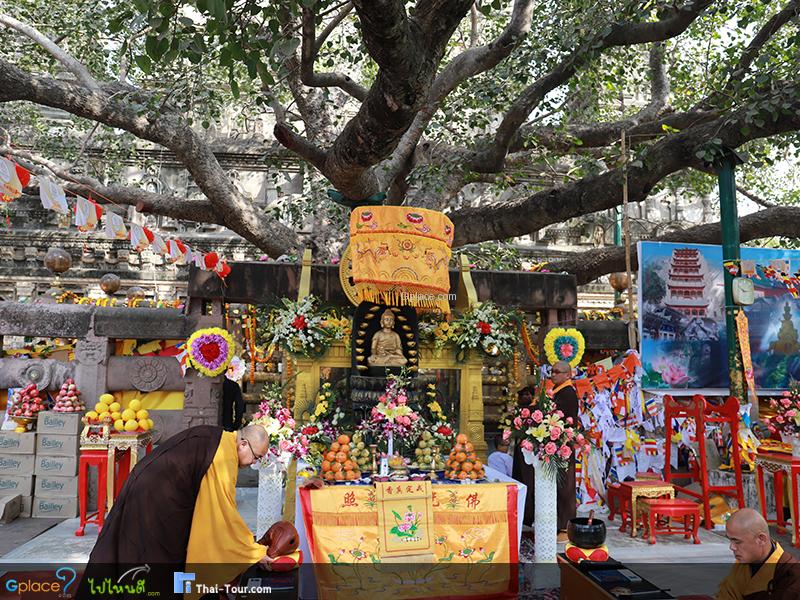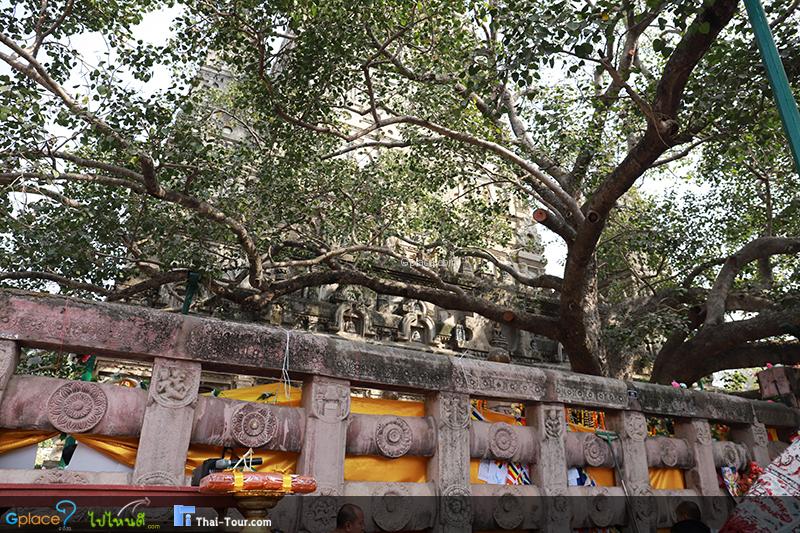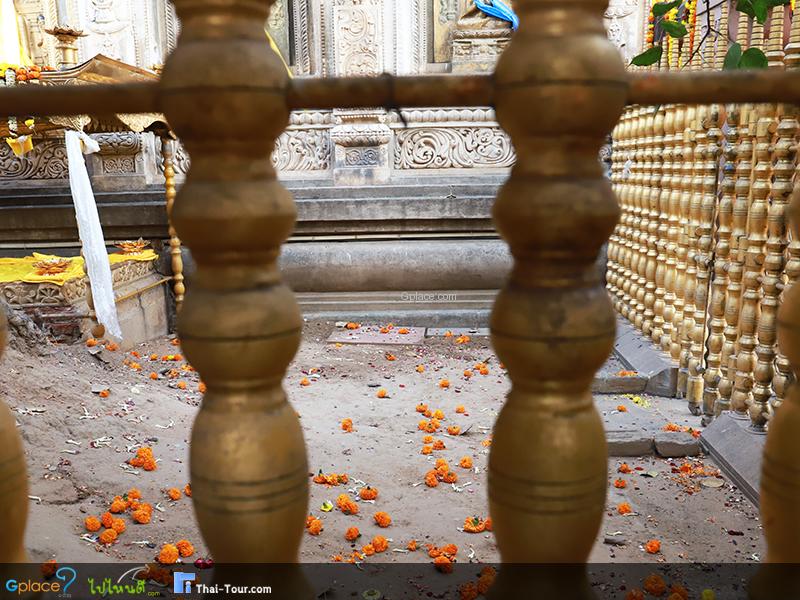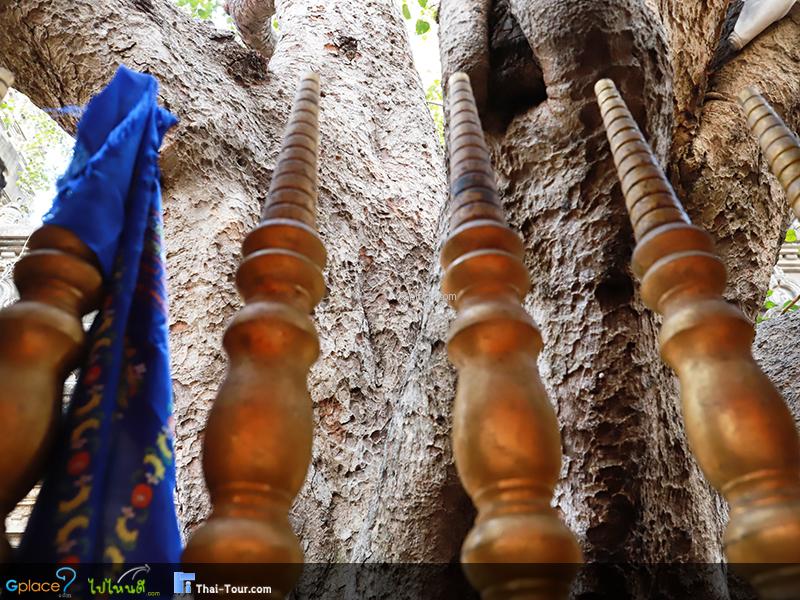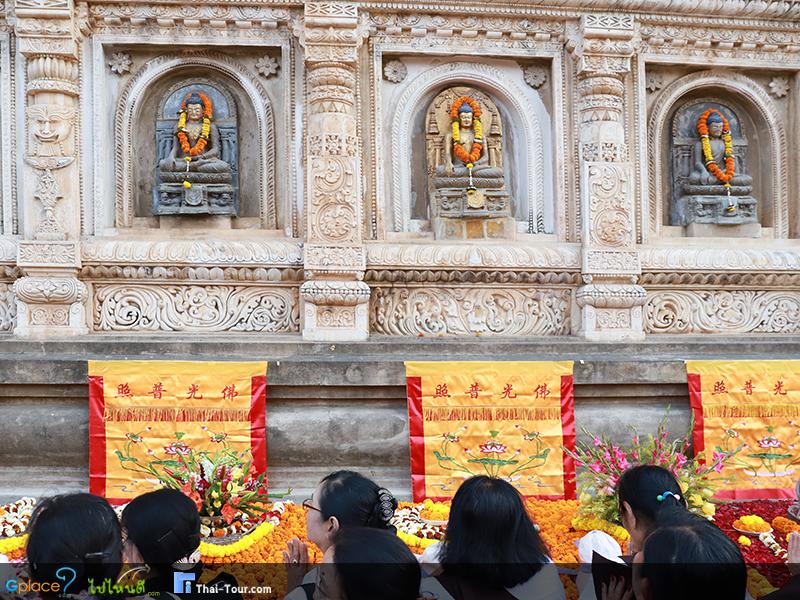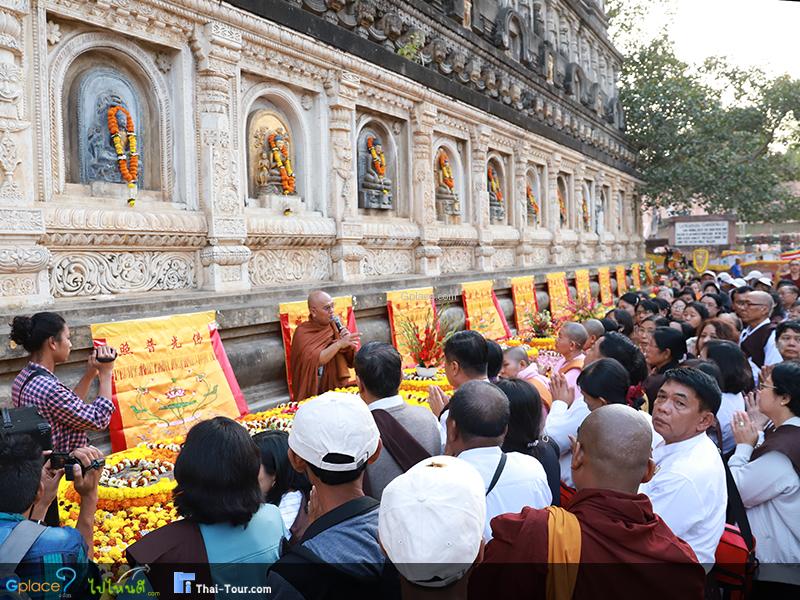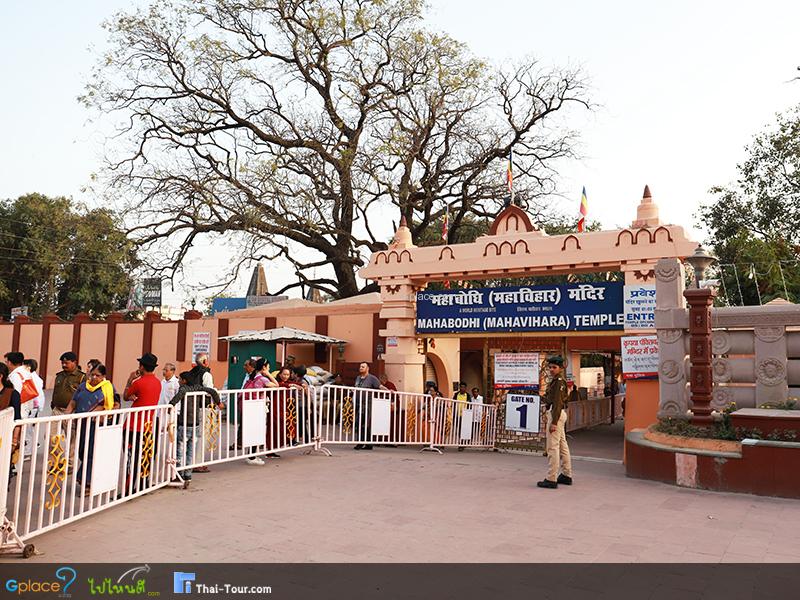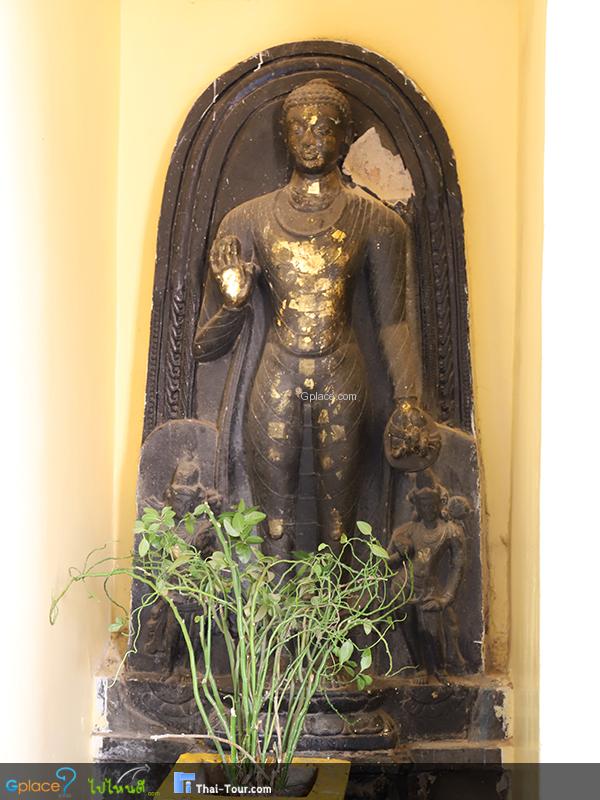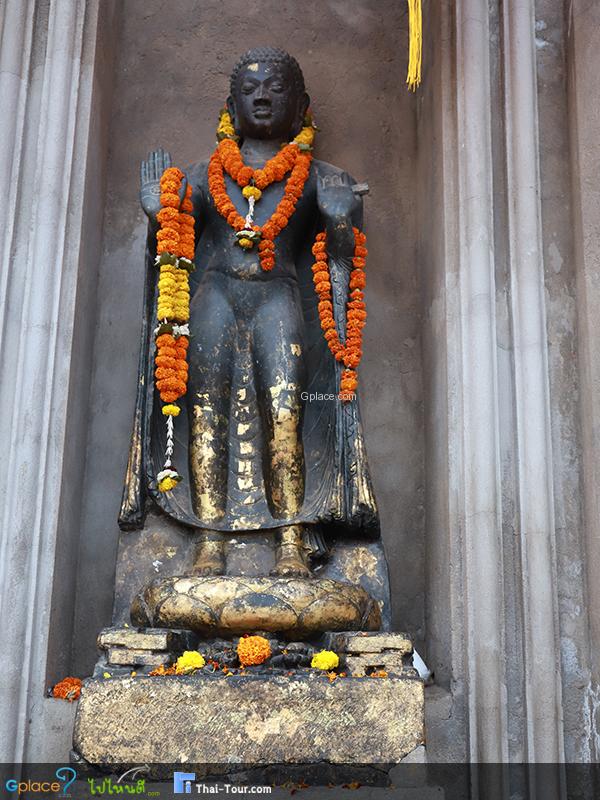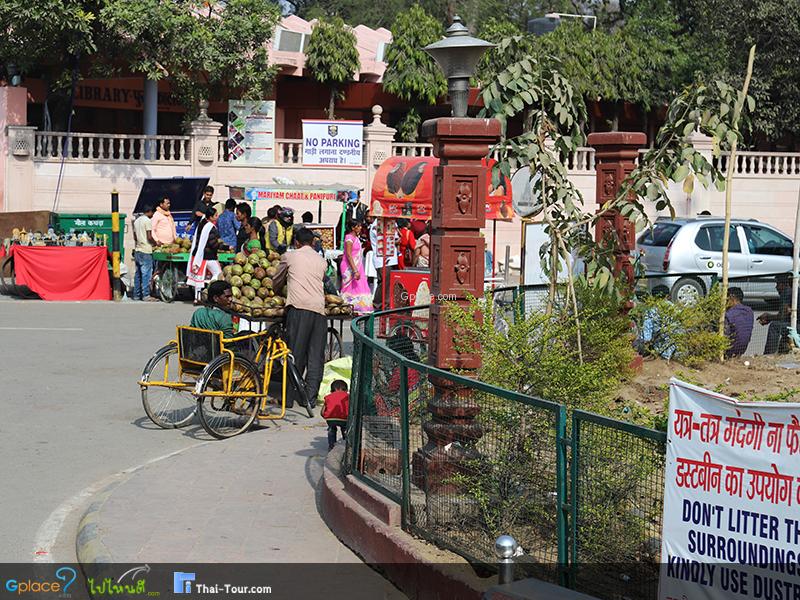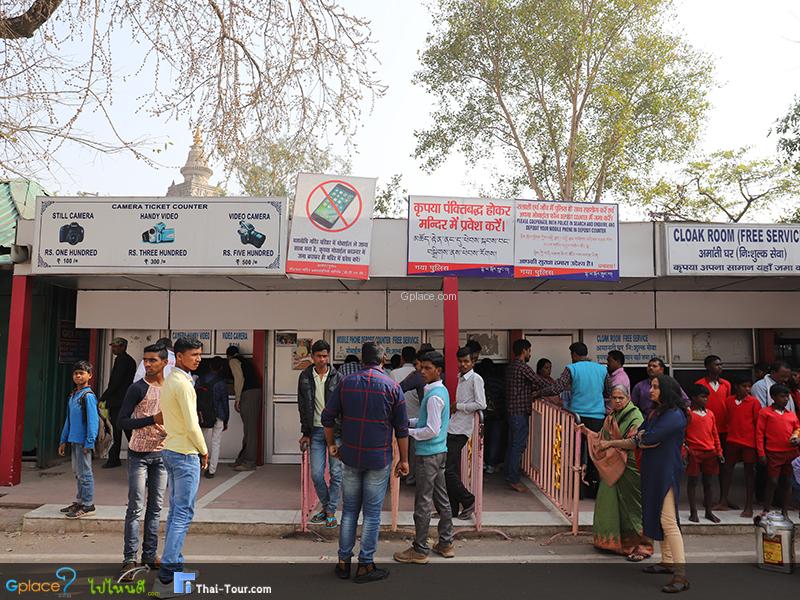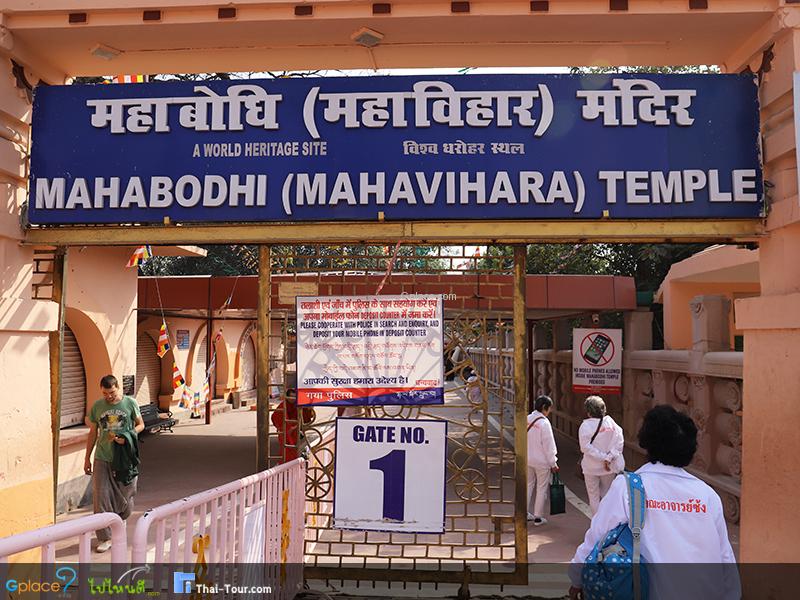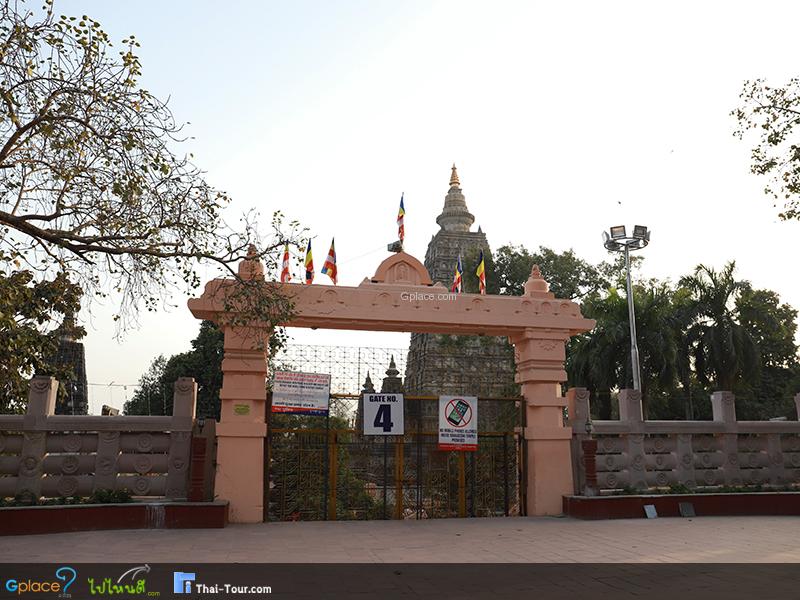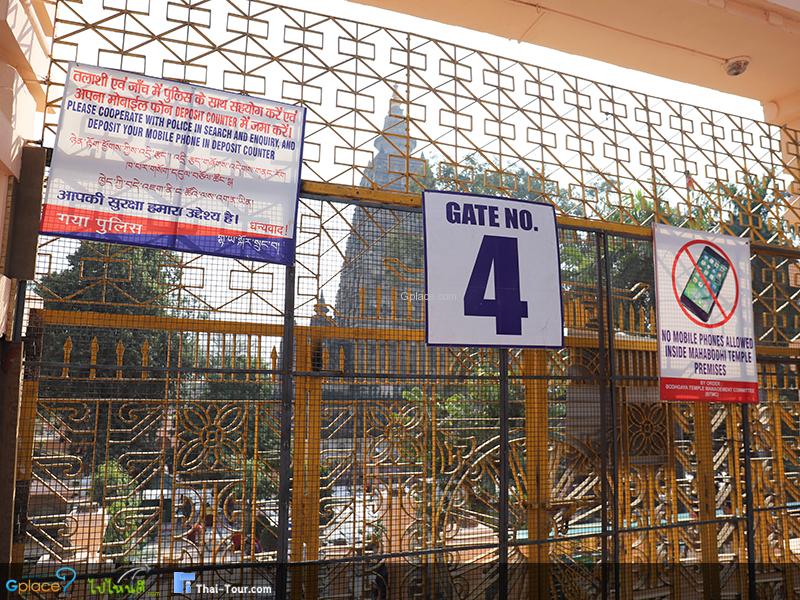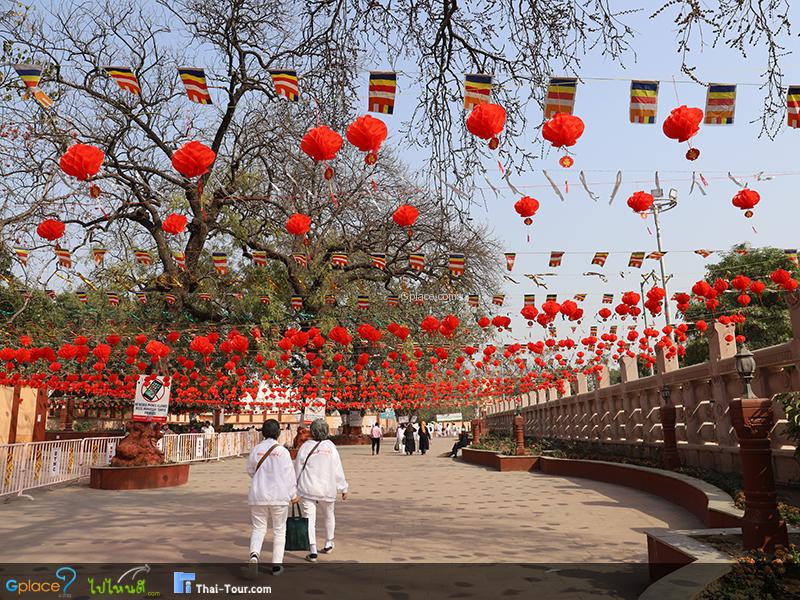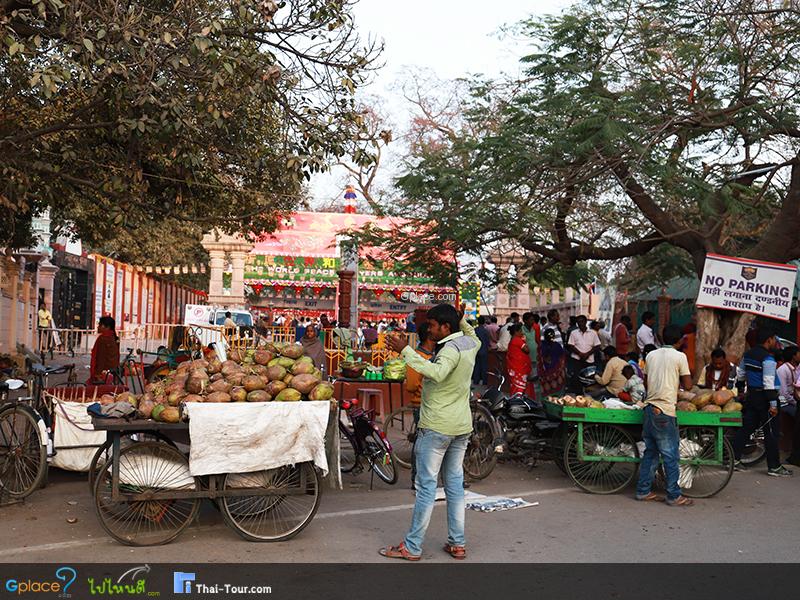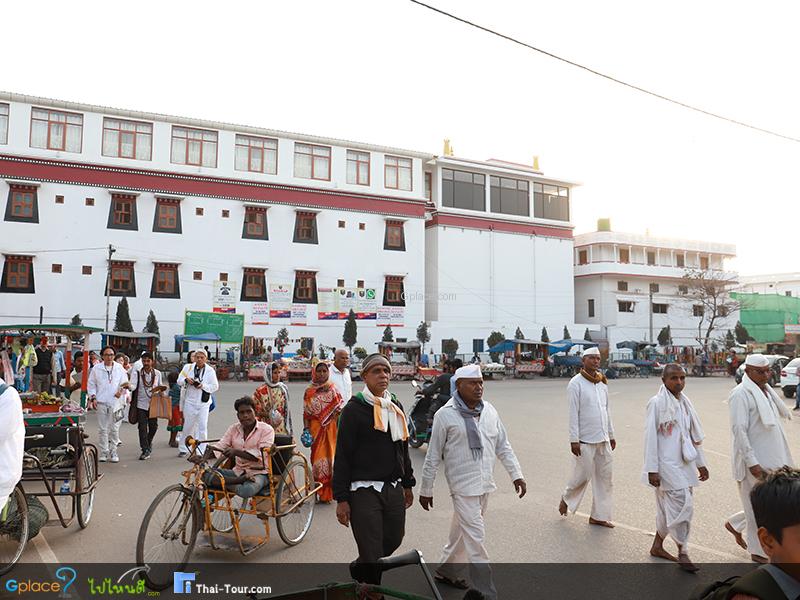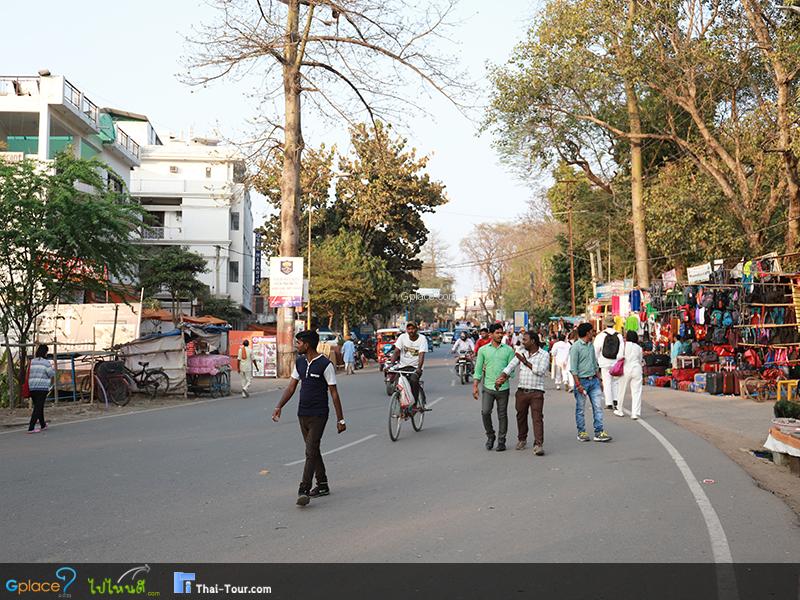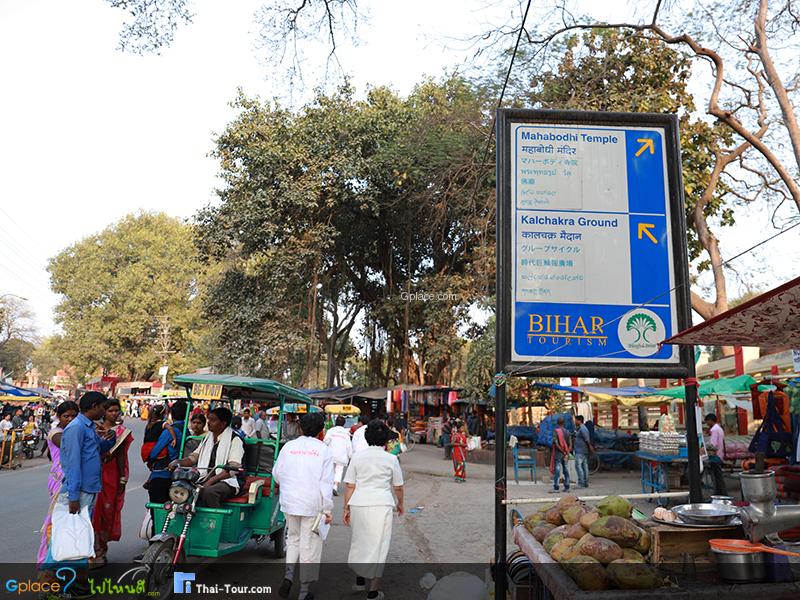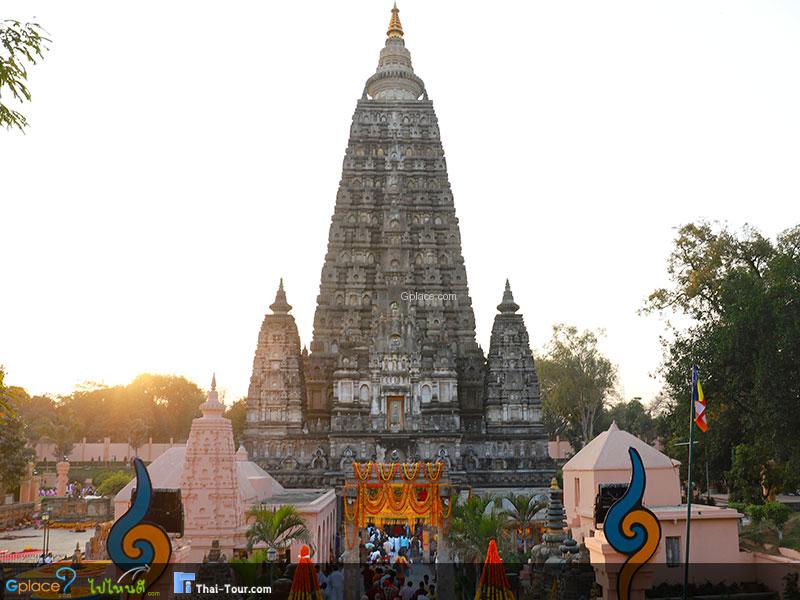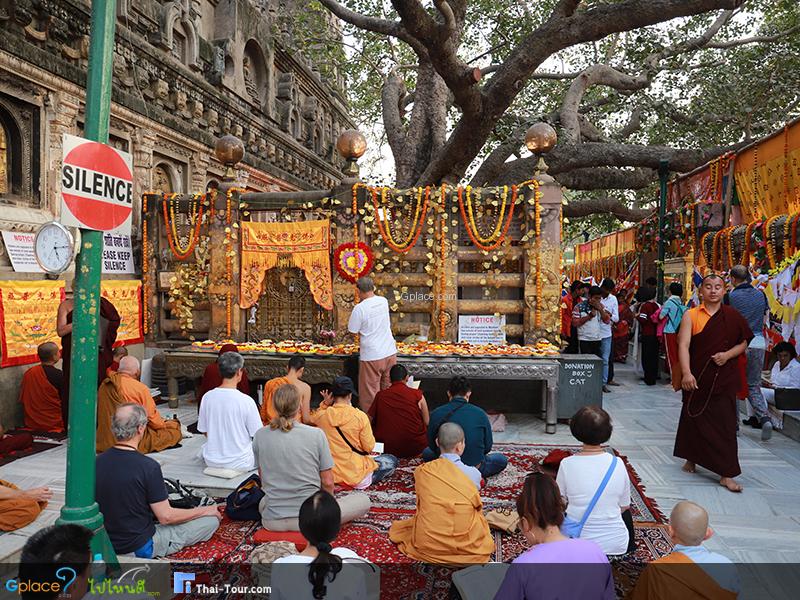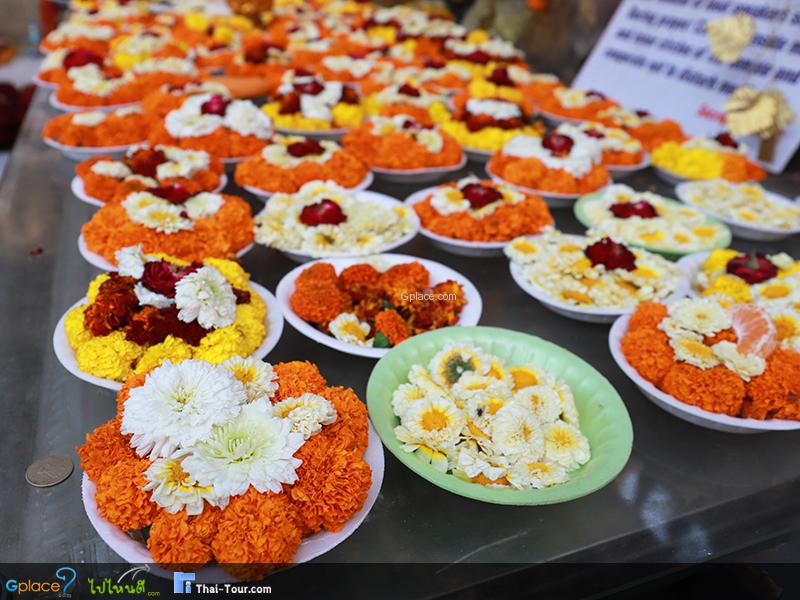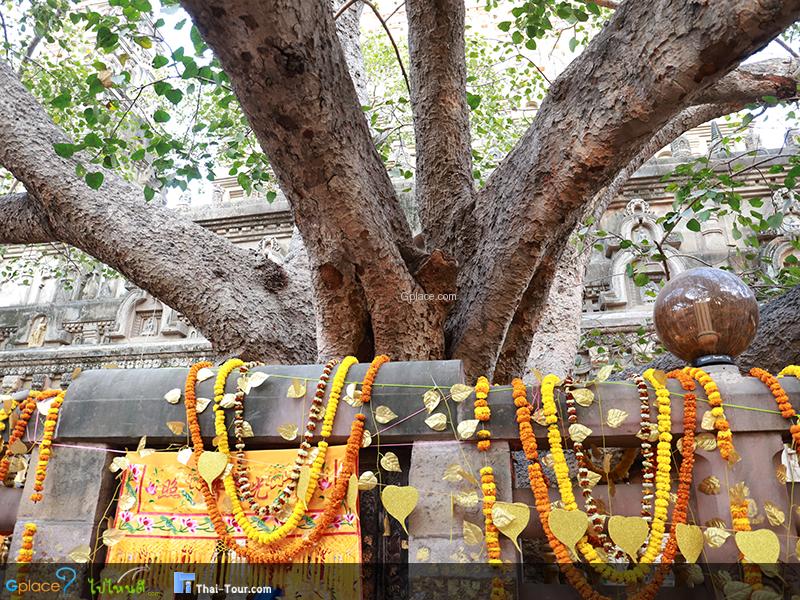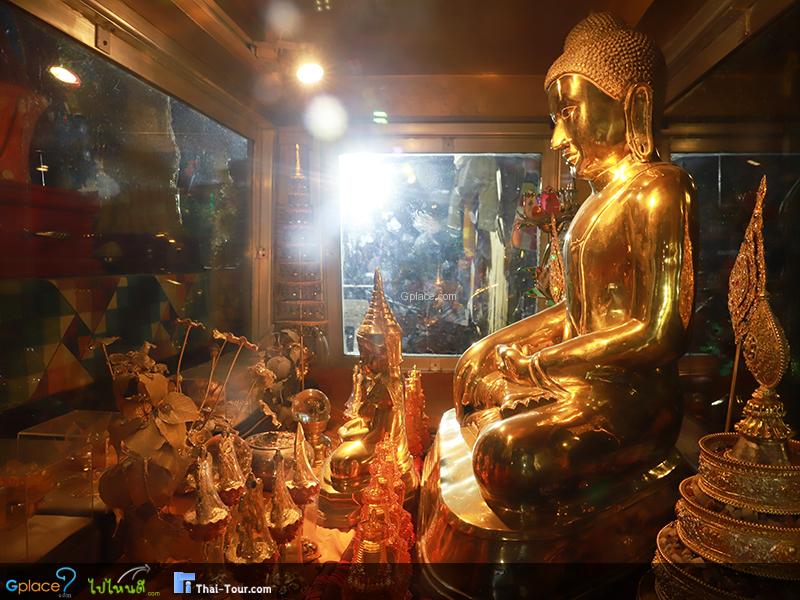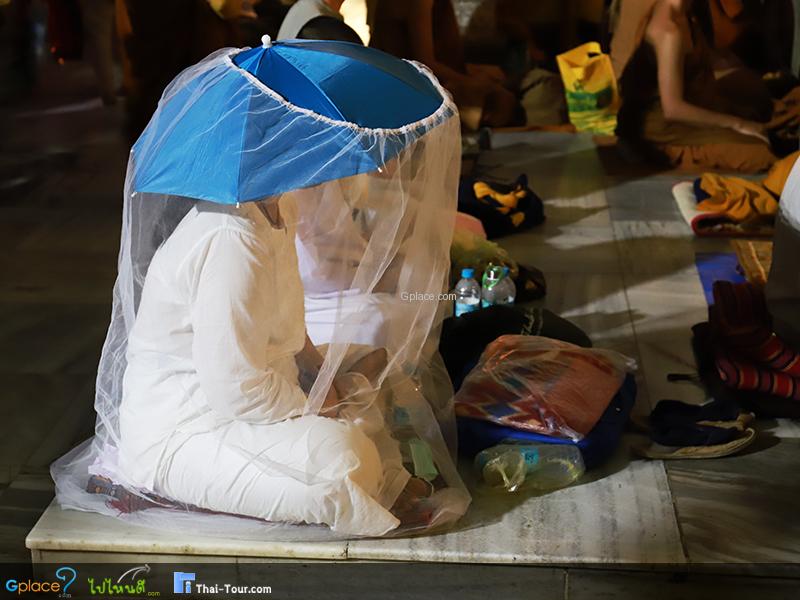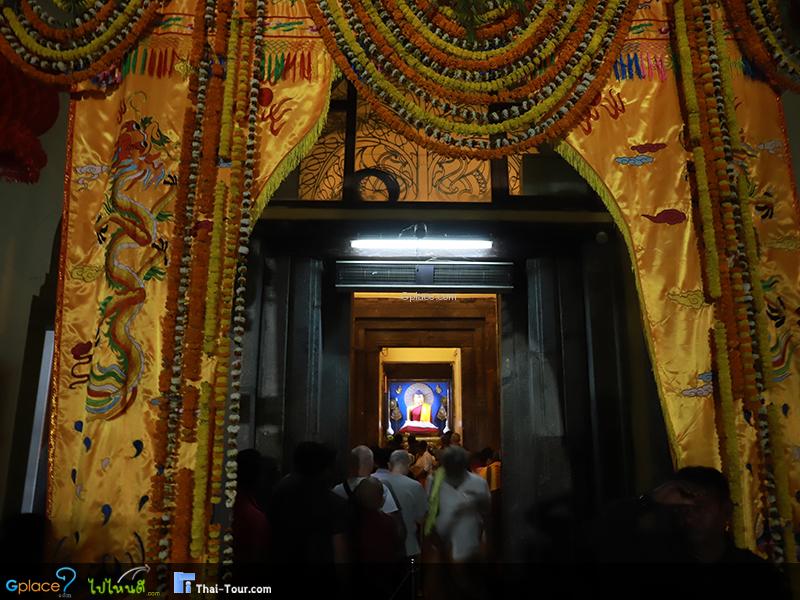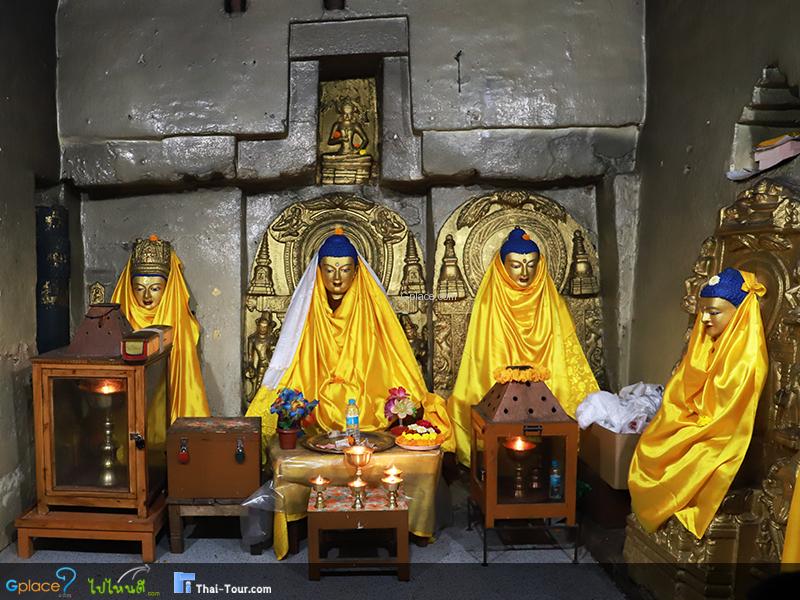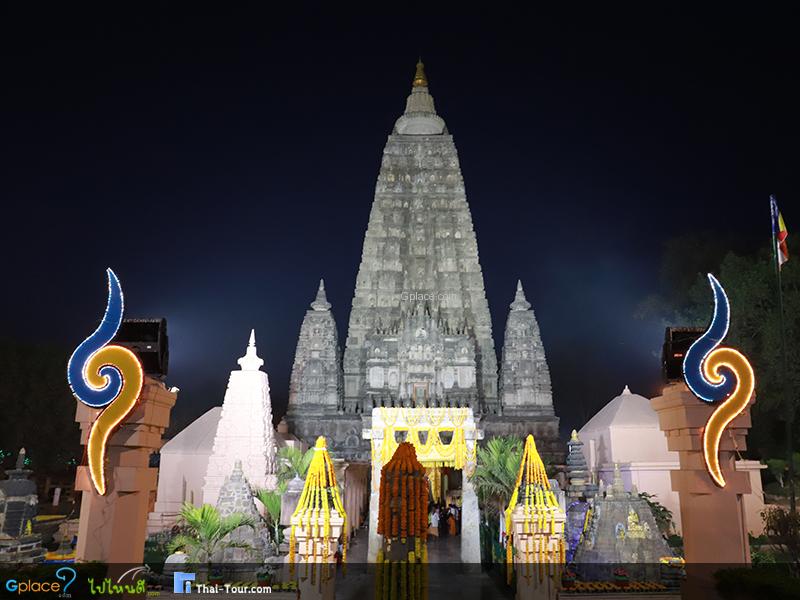“As one of the four most important Buddhist pilgrimage sites, it's the very place of Buddha's enlightenment and a spiritual magnet for devoted Buddhists worldwide for over 2,500 years. Bodh Gaya welcomes millions of visitors annually, particularly the Mahabodhi Temple complex and the Satta Mahasthana (seven spots of post-enlightenment bliss).”
Bodh Gaya is one of the four most significant Buddhist pilgrimage sites, considered the holiest place for Buddhists globally. It marks the very beginning of Buddhism, as it's where Prince Siddhartha attained supreme enlightenment (Anuttara Sammāsambodhi) to become the fully enlightened Buddha.
According to Buddhist traditions, around 500 BCE, Prince Gautama Siddhartha, wandering as an ascetic, reached the serene banks of the Phalgu River near the city of Gaya. There, he sat in meditation under a Bodhi Tree (Ficus religiosa), located to the west of the present-day Mahabodhi Temple. After three days and three nights of intense meditation, Siddhartha claimed to have attained enlightenment and profound insight, discovering the answers he had sought at the Bodhimanda (also known as the Vajrasana or Diamond Throne), a red sandstone slab beneath the Bodhi Tree, marking the exact spot of his awakening.
After attaining enlightenment, the Buddha spent seven weeks (Satta Mahasthana) experiencing the bliss of liberation at seven different spots in the vicinity:
-
Week 1: Bodhimanda (Under the Bodhi Tree)
-
The Buddha meditated in a cross-legged position on the diamond throne under the Bodhi Tree, savoring the bliss of liberation for seven days.
-
-
Week 2: Animeshlocha Stupa (Animisa Cetiya)
-
Located northeast of the Bodhi Tree (now covered by a small stupa), the Buddha stood gazing at the Bodhi Tree without blinking for seven days, reflecting on the Dharma he had realized.
-
-
Week 3: Ratanacankama Cetiya (Jewelled Walk)
-
Situated north of the Mahabodhi Temple (now marked by a raised platform for walking meditation), the Buddha performed walking meditation here, enjoying the bliss of liberation.
-
-
Week 4: Ratanaghara Cetiya (Jewelled House)
-
Located northeast of the Mahabodhi Temple (now a small temple and shrine), the Buddha meditated in a jewelled house created by deities, contemplating the Abhidharma for seven days.
-
-
Week 5: Ajapala Nigrodha Tree
-
Situated between the Mahabodhi Temple and the Niranjana River (no tree or stupa remains today, but a statue of the Buddha in the posture of turning the wheel of Dharma is enshrined), the Buddha meditated under a Banyan tree. Here, a Brahmin approached and questioned him about what makes one a Brahmin. The Buddha replied that one becomes a Brahmin by one's actions, not by birth.
-
-
Week 6: Muchalinda Lake (Muchalinda Cetiya)
-
Located southeast of the Mahabodhi Temple (surrounded by a pond with a statue of the Buddha protected by a multi-headed Naga), the Buddha meditated under a Mucalinda tree. When a severe rainstorm arose, the Naga king Mucalinda emerged from the lake and coiled his body around the Buddha seven times, spreading his hood over the Buddha's head to protect him.
-
-
Week 7: Rajayatana Tree
-
Located south of the Mahabodhi Temple (now a large tree), the Buddha meditated under a Rajayatana tree. Here, two merchant brothers, Tapassu and Bhallika, offered him rice cakes and honey, becoming the first lay disciples of the Buddha.
-
After these seven weeks, the Buddha traveled to Sarnath, where he began teaching Buddhism and delivered his first sermon.
Disciples of Gautama Buddha began visiting this sacred place during the full moon in the month of Vaisakh (April–May) according to the Hindu calendar. Over time, the place became known as Bodh Gaya, the day of enlightenment as Buddha Purnima, and the tree as the Bodhi Tree.
The history of Bodh Gaya is well-documented through numerous inscriptions and pilgrimage accounts, most notably by the Chinese pilgrims Faxian in the 5th century and Xuanzang in the 7th century. The area flourished as the heart of a vibrant Buddhist civilization for centuries until its conquest by Turkic armies in the 13th century. The place-name Bodh Gaya did not come into widespread use until the 18th century CE. Historically, it was known by various names such as Uruvela, Sambodhi, Vajrasana, or Mahabodhi. The main monastery of Bodh Gaya was formerly called the Bodhimanda-vihara (Pali) and is now known as the Mahabodhi Temple. It is located west of the Niranjana River, approximately 350 meters from the river, in Gaya District, Bihar State, India.
On July 7, 2013, five bombs were detonated within the Mahabodhi Temple premises, and four more bombs were detonated in the town, while three were defused. Currently, Bodh Gaya maintains strict security measures, featuring three layers of checkpoints equipped with metal detectors and high-definition CCTV cameras.
How to Get There
-
By Air: The closest airport is Gaya Airport (GAY), approximately 12 km from Bodh Gaya. This airport serves a limited number of domestic flights and some international charter flights, mainly for pilgrims. Alternatively, Indira Gandhi International Airport (DEL) in Delhi is the nearest major international airport, about 200-230 km away. From Delhi, you can travel to Gaya by train, bus, or hire a taxi.
-
By Train: Gaya is very well connected by an extensive railway network. The main railway station is Gaya Junction (GAYA). Many trains from major Indian cities like Delhi, Mumbai, Kolkata, and Chennai stop here.
-
By Road: Bodh Gaya is connected by good road networks, including highways from Delhi (Yamuna Expressway) and Lucknow (Agra Lucknow Expressway). Buses (private and state-operated) and private taxis are easily available from various cities in Uttar Pradesh and neighboring states.
Travel Tips
-
Best Time to Visit: The best time to visit is during the cooler months, from October to March, when the weather is pleasant. Avoid peak summer (April-June) due to extreme heat and the monsoon season (July-September) due to humidity and rain.
-
Early Morning Visit: Aim to visit early in the morning (just after sunrise) to avoid crowds and experience the magical glow of Bodh Gaya. This is also ideal for photography.
-
Footwear: You'll need to remove your shoes or wear provided shoe covers upon entry. It's advisable to bring comfortable footwear for walking around the vast complex.
-
Security Check: Expect rigorous security checks. Large bags, food, and specific electronic items are not permitted inside. Please check official guidelines in advance.
-
Respectful Attire: Dress modestly, especially when visiting the temples and shrines within the complex.
-
Tickets: Purchase tickets online in advance to save time and avoid queues, especially during peak season. Separate queues are often available for foreign tourists.
-
Guides: Consider hiring a licensed guide at the entrance for historical insights, but agree on the price beforehand.
Admission Fees:
-
For Foreigners: Approximately 100 Indian Rupees (for Mahabodhi Temple) and there might be additional fees for cameras/video.
-
For Indians: Approximately 15 Indian Rupees (for Mahabodhi Temple).
-
Children under 15: Free entry.
Opening Hours:
-
Open Daily: From sunrise (approximately 5:00 AM) to sunset (approximately 9:00 PM, or according to temple gate closure times).
-
Closed: No regular closing days, but timings may vary during certain major festivals.

















